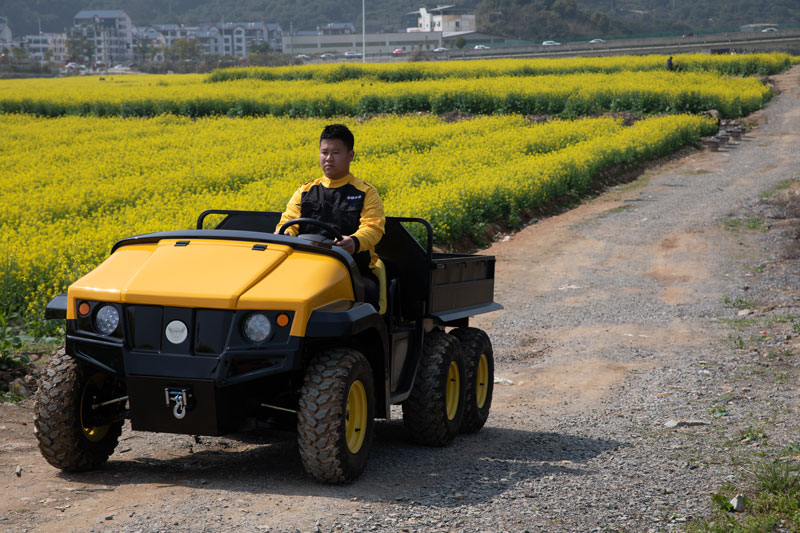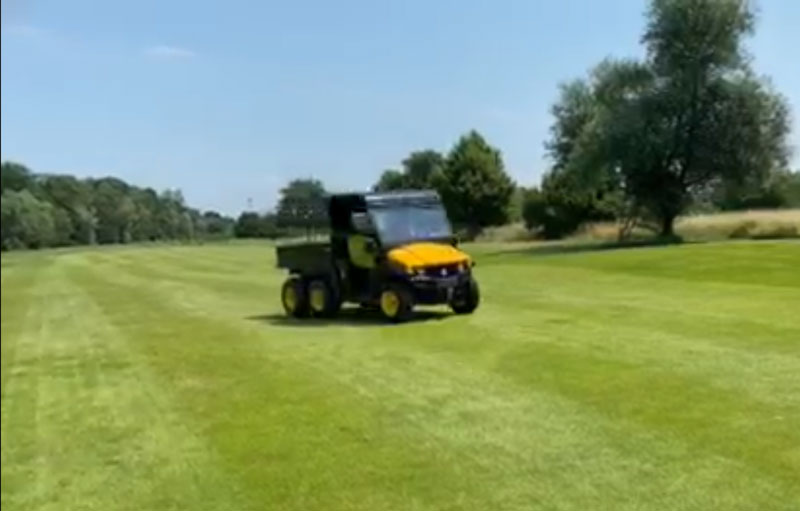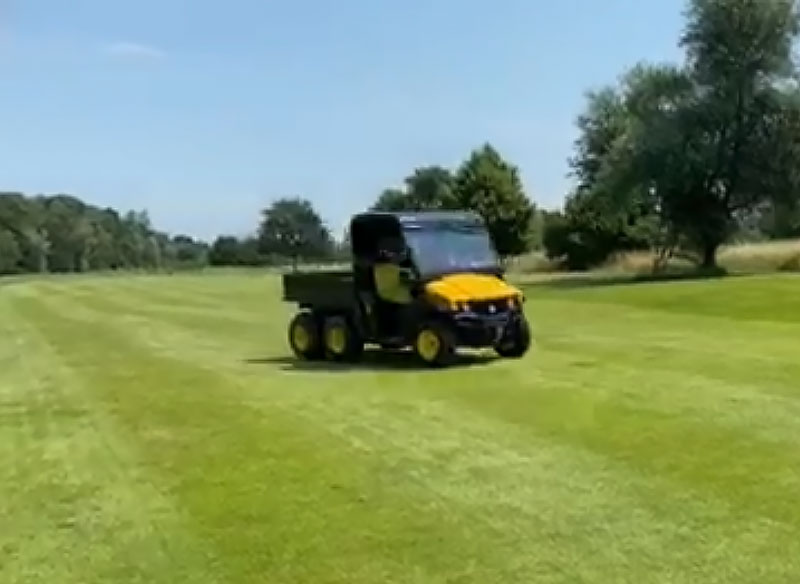UTVs are designed to handle various complex terrains, from fields to mountain roads, making them highly versatile. In contrast, golf carts are primarily designed for grass environments on golf courses, focusing on comfort and stability to facilitate short-distance transportation for players.


Firstly, in terms of performance, UTVs have more powerful engines, often equipped with high-horsepower motors and four-wheel-drive systems, along with high-performance suspension systems to tackle extreme off-road conditions. Golf carts, on the other hand, typically use small electric or low-displacement internal combustion engines. They are slower but extremely stable and quiet, ideal for flat grassy environments.
In terms of functionality, UTVs are highly versatile. They can transport people and goods and can be equipped with various attachments (such as snow plows, mowers, and sprayers) to perform tasks in agriculture, rescue, and construction. Golf carts have relatively single functionality, mainly used to transport players, golf bags, or small items and rarely involve professional operations.
Structurally, the differences are also evident. UTVs are built more robustly with higher ground clearance compared to golf carts, ready to tackle various terrains. Their seating is typically arranged in two rows or more, capable of carrying more passengers or larger cargoes. Golf carts, on the other hand, have a simple structure focusing on comfort with one or two rows of seats, accommodating 2 to 4 people, designed to be lightweight and environmentally friendly without the complex suspension and transmission systems present in UTVs.


In summary, UTVs and golf carts have fundamentally different design philosophies. UTVs are geared towards multifunctionality and all-terrain capability, while golf carts prioritize comfort, quietness, and suitability for flat terrains. They each meet the needs of different scenarios, showcasing the diversity and specialty in mechanical design.
Post time: Jul-22-2024

